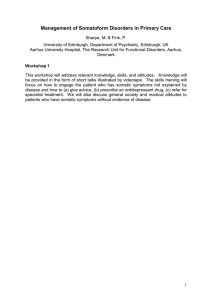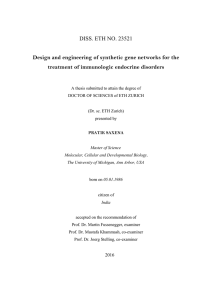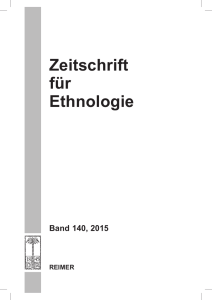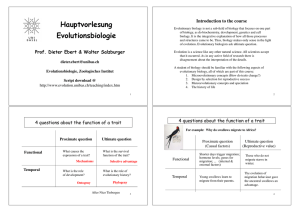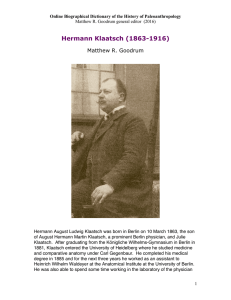Modifications for the Kenwood TM-V7E
Werbung
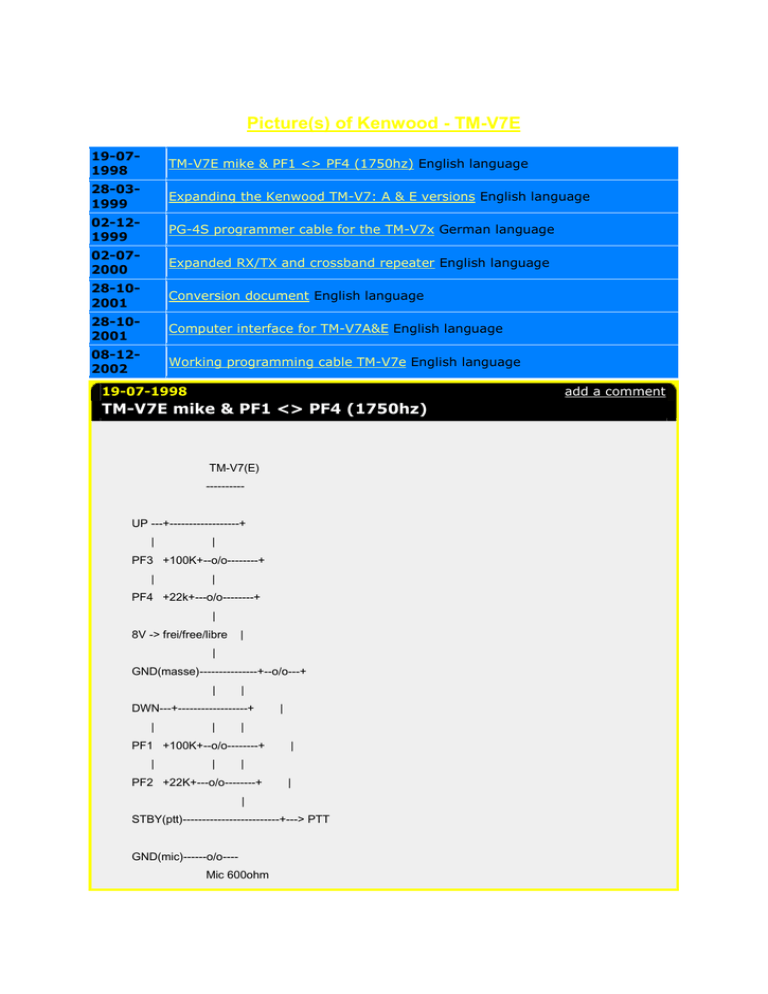
Modifications for the Kenwood TM-V7E Picture(s) of Kenwood - TM-V7E 19-071998 TM-V7E mike & PF1 <> PF4 (1750hz) English language 28-031999 Expanding the Kenwood TM-V7: A & E versions English language 02-121999 PG-4S programmer cable for the TM-V7x German language 02-072000 Expanded RX/TX and crossband repeater English language 28-102001 Conversion document English language 28-102001 Computer interface for TM-V7A&E English language 08-122002 Working programming cable TM-V7e English language 19-07-1998 add a comment TM-V7E mike & PF1 <> PF4 (1750hz) TM-V7(E) ---------UP ---+------------------+ | | PF3 +100K+--o/o--------+ | | PF4 +22k+---o/o--------+ | 8V -> frei/free/libre | | GND(masse)---------------+--o/o---+ | | DWN---+------------------+ | | | PF1 +100K+--o/o--------+ | | | | | PF2 +22K+---o/o--------+ | | STBY(ptt)-------------------------+---> PTT GND(mic)------o/o---Mic 600ohm MIC------------------/ NC:-> frei/free/libre Legende: o/o = Schalter oder Taster / switch / bouton ou interrupteur This modification has been read 4395 times. top of page add a comment 28-03-1999 add a comment Expanding the Kenwood TM-V7: A & E versions Original TM-V7A Mod from [email protected] (MR CORY B MCDONALD) Additional TM-V7E notes from [email protected] (Mike Bowyer) Original TM-V7A Mod: Remove the top and bottom covers. Look at the vertical p.c. board behind the front of the radio. There will be 2 small chip resistors on the left side of the board. Carefully remove the one with the number 0. It will be the one closest to the left near the grounding spring. You will probably have to scrape it off with a pair of needle nose pliers. After you remove it the VFO ranges should be: VHF TX 136.995 - 173.995. RX should be 118-174. UHF TX should be 410-469.995 RX should be 300-470. Additional TM-V7E notes: There is a row of five numbered links on the edge of the front panel board. In my E version radio, 0, 2 & 3 were made as standard. I now have only one link fitted in the number 4 position which enables the repeater function not defaulted in European versions. I have removed all other links. I can now also receive the AM Aircraft band (118-137MHz). It is possible to change from AM to FM by pressing the MHz button for 1 second. Plus I have discovered doing the same key press (MHz for 1s) in the UHF band gives a 800-999Mhz RX band. The European version has a 1750Hz tone-burst function, a modified band plan for the auto-repeater shift function, adds a -7.6Mhz repeater shift and sets the band limits to 144-146 & 430-440 - the AM Air band & 800Mhz bands are disabled. All these European 'features' are lost when the radio is expanded. (The repeater offsets are still programmable, but you must learn how to whistle at 1750Hz). I think the only other difference between the A and E versions is that the E version has an N type antenna connector fitted. Making link number 5 causes the radio to power up in a Memory recall mode (i.e., with channel numbers) and so is not overly useful! I'm not sure exactly what links 0, 1, 2, & 3 all do individually! Maybe other configurations are possible: any information would be gratefully received. As for RF performance, the front-end (and PA) must be tweaked to use frequencies other than the factory alligned defaults, with a little tweaking out of band performance should come good (at the expense of regular 2m/70cm performance). The chip resistors are SMD zero ohm things - a wire link (or solder blob) will do the same job. They can be carefully removed (for re-use) by using a fine tipped iron, desolder braid, and a pair of long nose pliers or tweezers. The front board can be carefully detached from the rest of the radio to make removing the links easier. Mike Bowyer. Date: 13-10-2001 User comment From: Bg36c Subject: DTSS The DTSS will be disabled and no longer function after performing this mod. At least it doesn't on my radio anymore. Date: 02-02-2002 User comment From: philip Subject: kenwood tmv7 extended tx with reference to the above mod ,yes all works fine but no extended tx i have no jumpers conected from 0 to 4 no 4 has a wire jumper,this enables extended rx, but to extend the tx you must add a wire jumper to no 2 . regards phil This modification has been read 5349 times. top of page add a comment 02-12-1999 add a comment PG-4S programmer cable for the TM-V7x Author: Wulf, DB8KY NOTE: This is not a copy of the existing PG-4S cable but a replacement designed by DB8KY. One of the most handy things about this transceiver is: you can program this transceiver by computer. You can download the software from the Kenwood site but there no datasheet of the PG4S cable which you require. I found a datasheet which replace the PG-4S cable and is designed by DB8KY. I made this cable and it works fine on my transceiver. The manual is written in German by DB8KY. He said he never tried this cable on a TM-V7, but it works very good on my transceiver. So here below you will see the instructions. Have fun! PE1PTS Der Kenwood TM-G707E ist ja ein schoenes Geraet und die Vergabe von Speichernamen ein nettes Feature, wenn man das alles nur vom Rechner aus programmieren koennte... Kann man, die Software dazu steht bei Kenwood auf der Web-Seite, dann fehlt nur das Kabel zum Anschluss an den Rechner. Ich habe zwar keine Ahnung was sich in dem original PG-4S Kabel von Kenwood abspielt, wenn man den TM-G707E aber in den Clone-Mode versetzt und sich mal die Signale auf der Mini-DIN Buchse ansieht wird klar, dass es sich bei der Elektronik im Kabel um einen TTL/RS232-Wandler handeln muss. Die unten dargestellte Schaltung erfuellt diese Aufgabe bei mir jedenfalls klaglos. Ich denke das ganze funktioniert auch am TM-V7E. Wie funktioniert es: Die Verbindung zwischen Pin 4 und 5 benoetigt der Kenwood wohl um von FSK auf seriellen Betrieb umzuschalten. Das Signal vom PC zieht ueber R5 mit T2 den RxD-Eingang am Kenwood low, hier ist intern offensichtlich bereits ein Pull-up Widerstand vorhanden. Schwieriger ist der Weg vom Kenwood zum PC, der Kenwood gibt nur ein TTL-Signal aus, der serielle Eingang am PC will aber +/- ca. 10V sehen. Also muessen zwei Hilfsspannungen gewonnen werden. Aus dem RTS-Signal des PC wird ueber R1 eine positive Spannung gewonnen und mit D1 und C1 stabilisiert. Aus dem TxD-Signal des PC wird ueber D3 und R6 dann noch eine negative Spannung gewonnen und mit C2 gepuffert. Dann kann der Kenwood mit den Sendedaten ueber T1 jetzt zwischen der positiven und negativen Spannung umschalten. Ich habe das ganze in den Sub-D Stecker reingefummelt. Viel Spass damit wuenscht Wulf, DB8KY DB8KY @DB0RWI.#NRW.DEU.EU (Wer das nachbaut tut es auf seine eigene Verantwortung) PC D-Sub 9pin TM-G707E 6pol. Mini-DIN R1/R6 = 150 Ohm R2 22 kOhm R3 10 kOhm R4 33 kOhm R5 15 kOhm C1/C2 = 1uF/16V Elko D1 = Z-Diode 5,1 Volt D2/D3 = 1N4148 oder aehnlich T1 = BC558A oder aehnlich T2 = BC337 oder aehnlich For an English Interpretation, visit KC7ZRU's pages. Includes RS part numbers, redrawn schematic and user comments. This modification has been read 4595 times. top of page add a comment 02-07-2000 add a comment Expanded RX/TX and crossband repeater If you want just mod the RX QRG remove the resistor R546. For the TX-RX mod remove R542 & R546 3210 TX RX TX RX OOXO 144/146 144/146 430/440 430/440 XOXO 144/146 144/146 432/438 432/438 OOXX 144/146 118/174 430/440 300/470 XOXX 136/174 118/174 410/470 300/470 REM:With one of this 4 mods you can have the 1750 of the mike. But if you want have the bigest mod (but no 1750) you can try: XXXX 136/174 118/174 410/470 300/524 XXXO 136/174 118/174 410/470 300/524 For the cross band repeater jump the strap 4 ----------------------------------------------------------------------------01234 56 ----------------------------------------------------------------------------3= R542 (W501) 2= R543 (W502) 1= R544 0= R546 O = JUMPER X = NO JUMPER This modification has been read 5349 times. 28-10-2001 top of page add a comment add a comment Conversion document 1. Conversion function items and conversion types 1. Reception wide band .... [Conversion A] ...... K destinations outside 800-MHz band support 2. Cross band repeater ... [Conversions A and B] .... Complete with K destination measures 3. Page answer back ... [Conversions A and B] ... Complete with K destination measures 4. DTMF remote ..... [*] * Operates even without conversion, but some items function when Conversions A and B are made. 2. Conversion Methode 1. Conversion location Remove the power cord from the main unit, remove the upper/lower case, flip down the panel as in the figure below, than operate. Factory setting destination jumper table. Destination jumper Destination Bit Ref. no. (K destination) K M E 3 R542 (W501) O X O 2 R543 (W502) O X O 1 R544 O O X 0 R546 O X O O:= Jumper X:= No jumper Conversion A ..... Reception wide band (Already dealt with for M destinations) E destination ..... Eliminates mounted chip jumper resistor R542 (0 ohm). K destination ..... Cuts the mounted jumper wire (W501). Conversion B ...... Repeater/answer back (Already dealt with for K destinations) Chip jumper resistor 0 ohm added (R92-0670-05) * The chip removed in Conversion A can be used in Conversion B. * When adding or eliminating the chip jumper resistor, be careful not to peel off any printed circuit pattern and not to harm any other parts. 2. Contents of settings by destination For the list of contents of settings for each destination, see (Appendix tables 1 - 5). This modification has been read 4058 times. top of page add a comment 28-10-2001 add a co Computer interface for TM-V7A&E Author: Jann DG8NGN - [email protected] To program your memories of the Kenwood TM-V7 you need this interface. The software is downloadab Kenwoods Webpage www.kenwood.net, or here. Download the MV7101.EXE file. The software can only communicate with serial port 1 or 2! mods.dk/manuals/kenwood/TM-V7_MCPV7_Version_1.01_Memory_Control_Program.zip Parts list. R1/R6 = 150 Ohm R2 = 22 Kohm R3 = 10 Kohm R4 = 33 Kohm R5 = 15 Kohm C1/C2 = 1uF/16V D1 = 5,1 V Zenerdiode D2/D3 = 1N4148 or equal T1 = BC558A or equal T2 = BC337 or equal 08-12-2002 add a comment Working programming cable TM-V7e Author: Roland Boerboom - [email protected] Hello, I have good news for you, I have a working programming cable for the TM-V7e. I have tested the cables on www.mods.dk, but the don't work. Now I have a working cable, and I send you the JPG-file with the layout of this cable. Greetings from Roland, PD2RLD, the Netherlands. This modification has been read 145 times. top of page add a comment Have you any tips, trick or modifications you can't find here, please send a mail to me. Can't you find a modification, then don't e-mail me please. All mododification that i have, is listed on this site.! Have you problem with www.mods.dk then you can visit the support page. Start page

